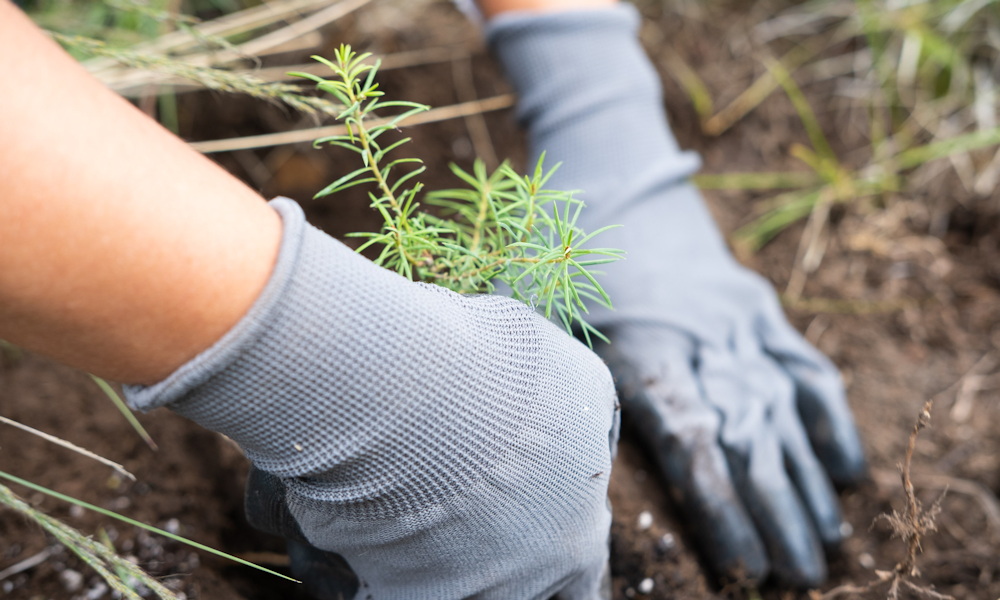People around the world are increasingly recognizing the importance of reforestation. With forests disappearing at an alarming rate due to farming, expanding cities, and climate change, the need to plant new trees has become more urgent than ever. Reforestation isn’t just a trendy term; it’s a vital action we must take to combat climate change, bring back lost wildlife, and protect the ecosystems that all life on Earth, including us, relies on.
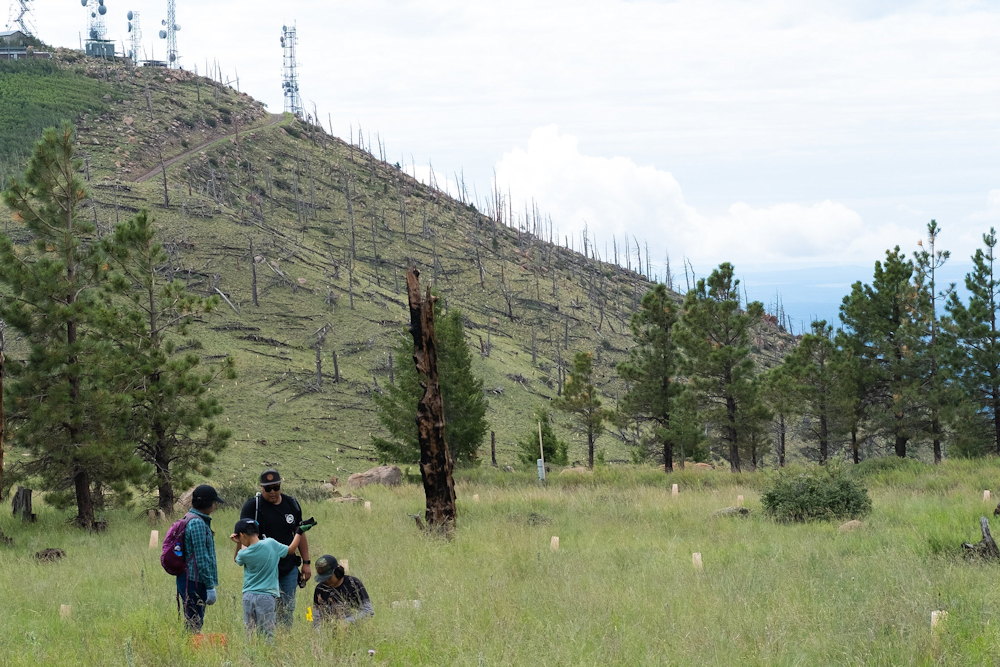
The State of Global Forests: A Crisis Point
The alarming rate at which forests are disappearing is staggering. According to the World Resources Institute, the world lost a forest area the size of the United Kingdom every year from 2015 to 2020. This loss is not just a statistic; it represents millions of hectares of critical habitats, carbon sinks, and cultural heritage being wiped out annually. While the numbers are daunting, they also highlight the urgent need for reforestation initiatives worldwide.
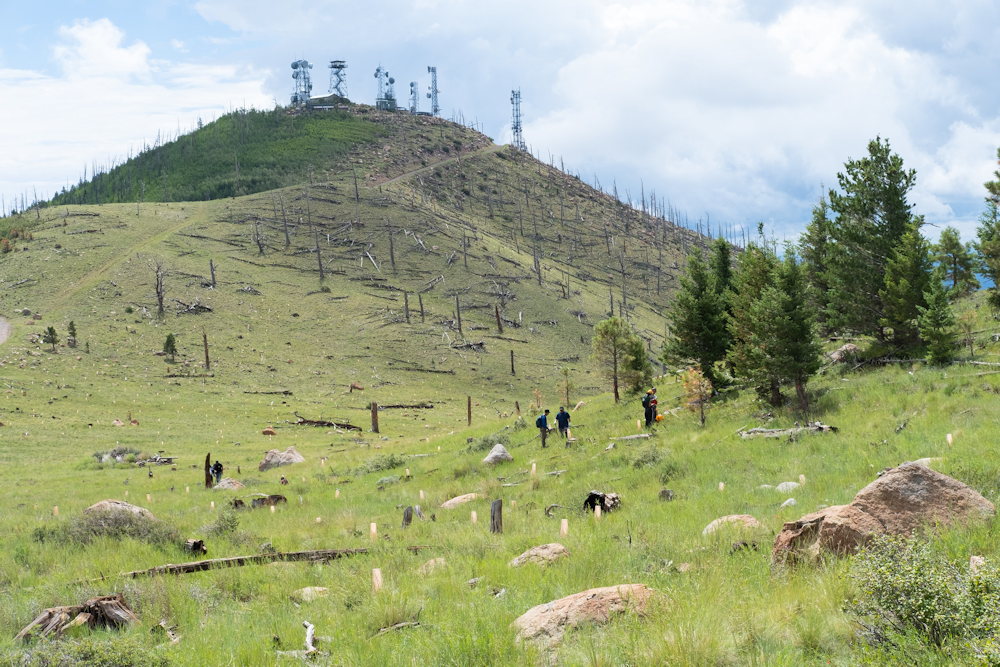
Reforestation Efforts: A Glimmer of Hope
Amidst this crisis, reforestation projects have become beacons of hope. Countries, organizations, and local communities are coming together to plant trees, restore degraded lands, and revive the Earth’s green cover. One such inspiring example is the reforestation effort on Mount Elden in Arizona, USA. After devastating wildfires left the area barren, a massive reforestation project was launched, resulting in the planting of 2,000 Douglas fir trees on the mountain’s slopes. This initiative, led by the U.S. Forest Service, is not just about planting trees; it’s about restoring an entire ecosystem that was nearly lost.
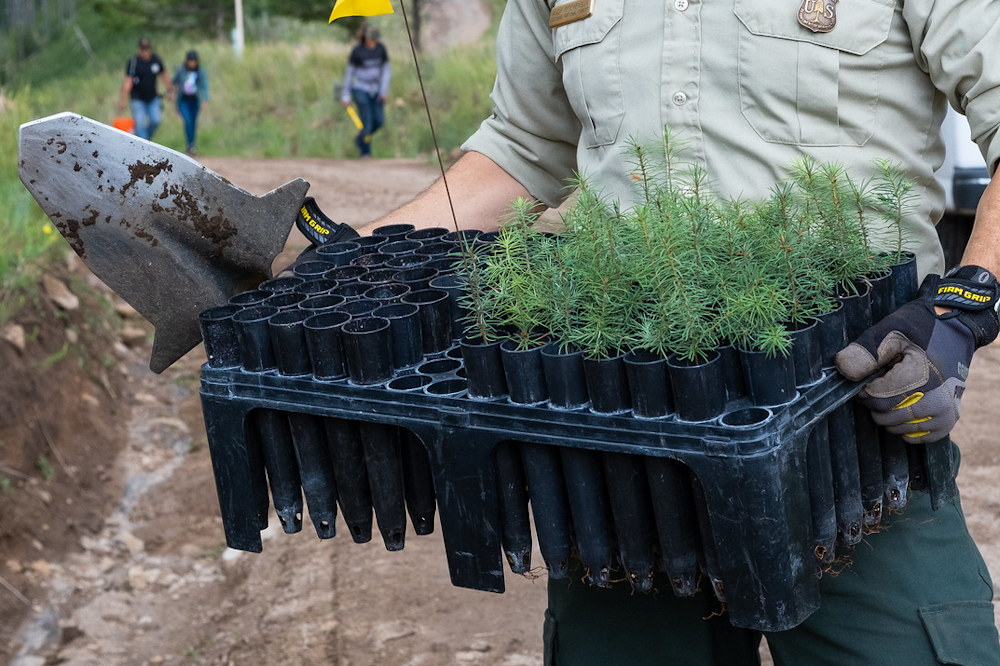
The success of the Mount Elden project lies not only in the number of trees planted but in the careful selection of species and strategic planning to ensure that the new forest can withstand future environmental challenges. The Douglas fir, a species native to the region, was chosen for its resilience and ability to thrive in the local conditions. This project can serve as a model for other reforestation efforts around the world, demonstrating the importance of species selection, community involvement, and long-term planning.
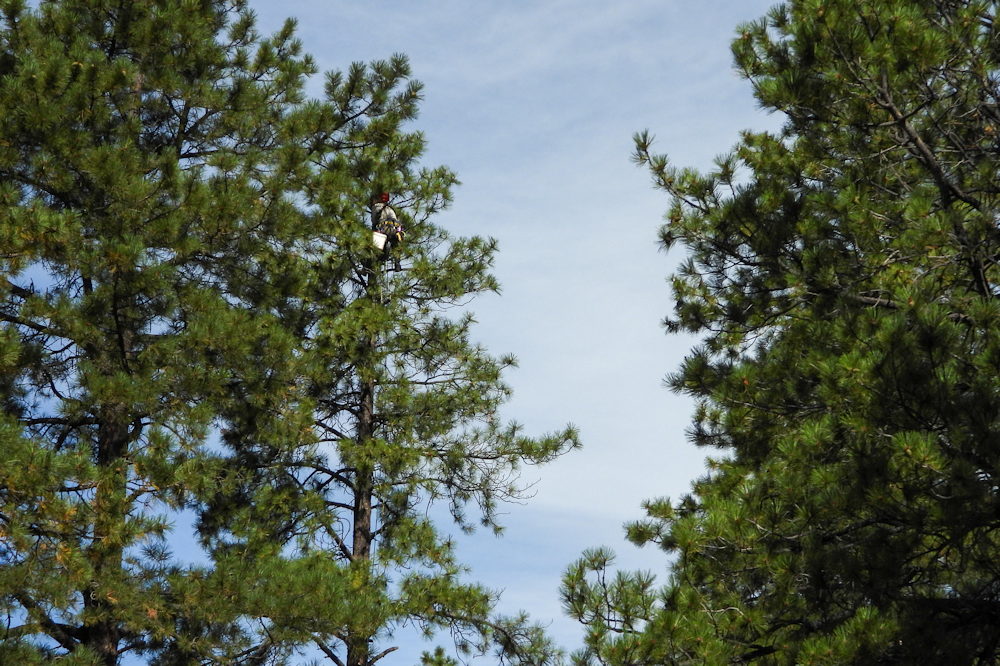
The Benefits of Reforestation: More Than Just Trees
Reforestation is about more than just planting trees; it’s about restoring entire ecosystems. Healthy forests provide critical habitats for wildlife, stabilize soil, regulate water cycles, and act as carbon sinks, absorbing CO2 from the atmosphere. The reforestation of Mount Elden, for example, is expected to improve local biodiversity, prevent soil erosion, and contribute to climate change mitigation by sequestering carbon.

Moreover, reforestation can have significant social and economic benefits. In many parts of the world, forests are a source of livelihood for local communities. Reforestation projects can create jobs, provide raw materials, and support eco-tourism, helping to alleviate poverty and promote sustainable development.
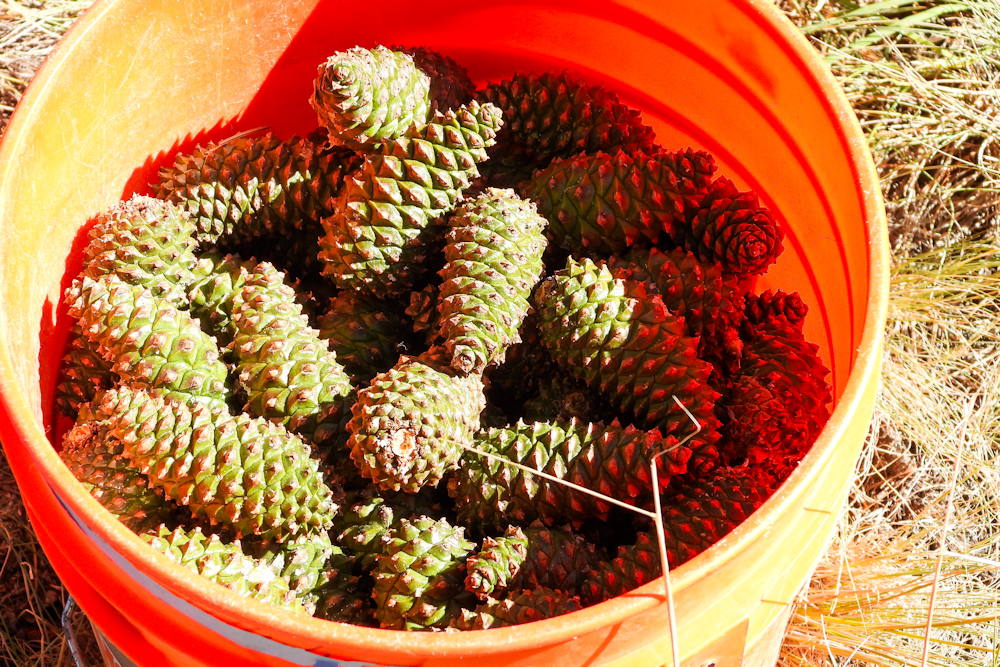
Challenges and Future Directions
While the benefits of reforestation are clear, the challenges are significant. Ensuring the survival of newly planted trees, securing long-term funding, and balancing the needs of local communities with environmental goals are just a few of the hurdles that must be overcome. Additionally, reforestation must be done in conjunction with efforts to reduce deforestation; otherwise, we risk simply replacing lost forests without addressing the root causes of their destruction.
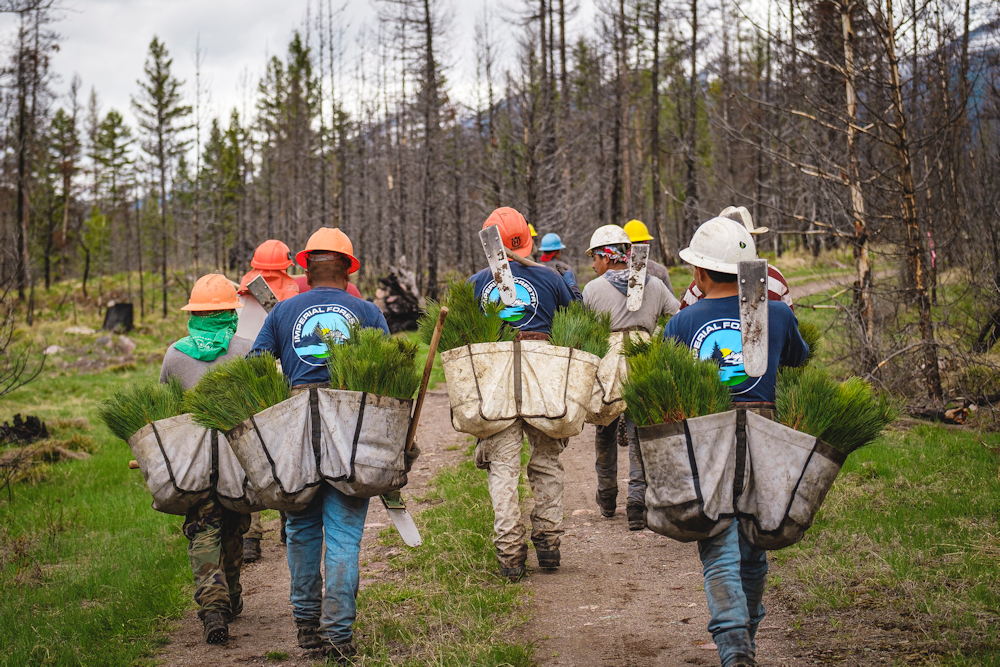
Looking ahead, it’s clear that reforestation will play a crucial role in global efforts to combat climate change and restore biodiversity. However, these efforts must be part of a broader strategy that includes conservation, sustainable land use practices, and a commitment to protecting the world’s remaining forests.
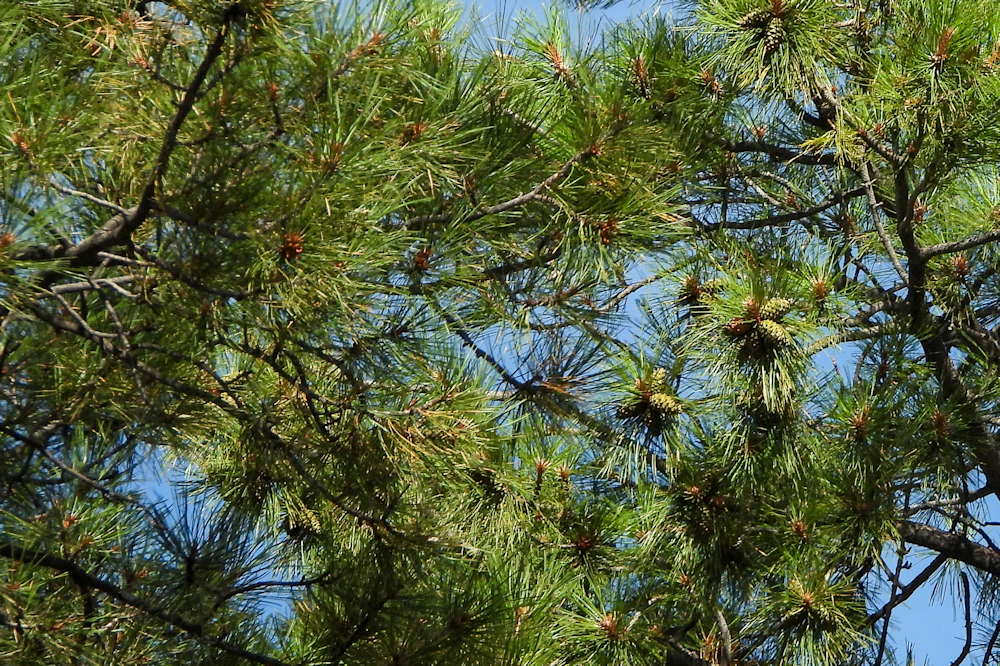
Overcoming the Barriers: Challenges Facing Reforestation Efforts
One of the biggest obstacles to reforestation is the lack of sufficient funding and resources, which makes it difficult to sustain long-term efforts. Additionally, newly planted trees often face threats from pests, diseases, and changing climate conditions, which can severely impact their survival rates. Land use conflicts, where reforestation competes with agriculture or urban development, also pose significant challenges. Moreover, political and bureaucratic hurdles can delay or derail projects, particularly when policies and priorities shift. Finally, without proper community engagement and education, reforestation efforts risk being unsustainable, as local support is crucial for the success of these initiatives.

Planting the Seeds of a Better Future
Reforestation serves as a powerful reminder of what we can achieve when communities, governments, and organizations unite with a common goal. Although the journey ahead is challenging, the potential benefits for our planet and future generations are vast. By supporting reforestation efforts, we are not merely planting trees; we are sowing the seeds for a better, more sustainable future for everyone.



